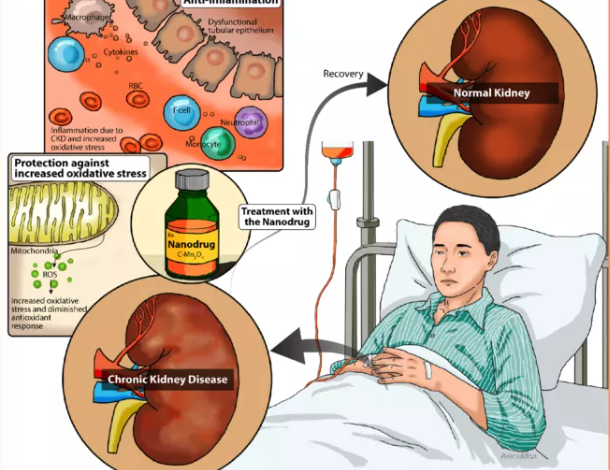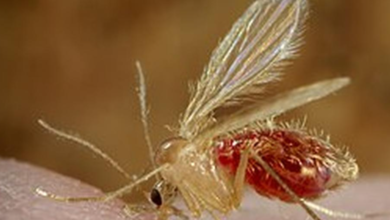India Expands Financial Support for Rare Kidney Disease Treatment

In a significant development for patients with rare kidney diseases, the Indian Union government has classified primary hyperoxaluria as a condition eligible for financial assistance under the National Policy for Rare Diseases (NPRD). This classification will provide patients with the opportunity to receive financial aid of up to ₹50 lakh, particularly for kidney transplants.
Primary Hyperoxaluria and Financial Assistance
Primary hyperoxaluria is a life-threatening condition that increases the risk of developing kidney stones, affecting the kidneys, bladder, or urinary tract. Under the revised policy, patients requiring kidney transplants due to this condition will now be eligible for substantial financial support. This move is part of a recent update to the National Policy for Rare Diseases, following a review by a health ministry panel.
Policy Details and Classification
The updated policy places primary hyperoxaluria in the group 1 category, which includes disorders that are amenable to one-time curative treatment. This is a significant enhancement from previous classifications. The NPRD also includes group 2 for diseases needing long-term or lifelong treatment at a lower cost and group 3 for conditions with available definitive treatments.
The financial aid is designed to alleviate the burden of medical expenses for rare diseases, with the NPRD providing up to ₹50 lakh for treatment. This policy aims to support patients in accessing necessary treatments and improving their quality of life.
Government Actions and Support
Introduced in March 2021, the National Policy for Rare Diseases aims to address the challenges faced by patients with rare conditions by offering financial assistance and improving access to treatment. Union Minister of State for Health Anupriya Patel recently informed Parliament that 63 rare diseases have been included under the NPRD, benefiting 1,118 patients.
Other conditions classified under the NPRD include osteopetrosis (bone disease), Fanconi Anemia (bone marrow failure), Laron Syndrome (growth hormone insensitivity), and various immune deficiency disorders such as severe combined immunodeficiency and Wiskot Aldrich Syndrome.
To support these efforts, the government has established 12 centres of excellence across premier government hospitals, focusing on the diagnosis, prevention, and treatment of rare diseases. Over the past three years, approximately ₹109 crore was allocated to these centers, although only ₹53 crore has been utilized so far.
Looking Ahead
The inclusion of primary hyperoxaluria in the National Policy for Rare Diseases is a positive step toward addressing the needs of patients with rare kidney conditions. The financial assistance provided will significantly impact their ability to access essential treatments and improve their overall health outcomes.
For more updates on this and other health policy developments, stay tuned to Newztalkies.com.


